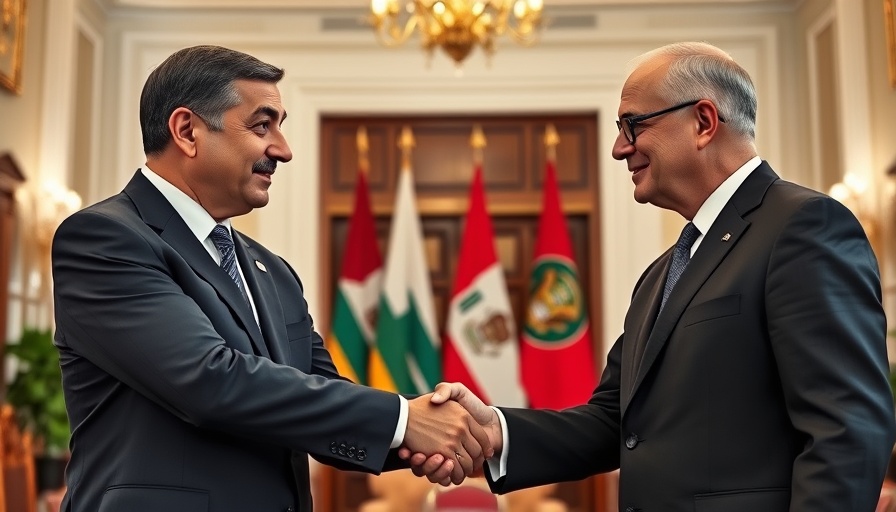
Trump and Netanyahu Present Plan to End Gaza Conflict
On September 29, 2025, President Donald Trump and Israeli Prime Minister Benjamin Netanyahu convened in the White House to unveil a 20-point plan intended to end the ongoing Gaza conflict. The proposal outlines substantial terms for both sides but leaves unanswered whether Hamas will endorse it. Notably, Trump claimed the plan represents significant progress towards peace, stating, "We’re beyond very close" and urging Hamas to accept the terms if they wish to avoid further conflict.
Key Components of the Peace Agreement
The peace plan includes provisions for a swift ceasefire, the swift release of hostages, and a commitment from Hamas to disarm. A notable feature of the plan is the potential establishment of a temporary governance board led by Trump and including key figures like former British Prime Minister Tony Blair. Additionally, any Hamas members willing to commit to peaceful coexistence would be offered amnesty, with options to leave Gaza if they so wish.
Netanyahu’s Firm Stance on Hamas
Netanyahu emphasized the urgency of the situation, declaring that if Hamas does not accept the terms, the Israeli military would continue to take decisive action against the group, implying that Israel would “finish the job” of dismantling Hamas. This stark ultimatum draws attention to the tension surrounding the war and raises questions about the long-term implications for Palestinian governance and peace in the region.
Potential Regional Repercussions and Humanitarian Concerns
As the plan unfolds, concerns about humanitarian conditions in Gaza are at the forefront. The conflict has displaced thousands and resulted in a staggering number of casualties. Any resolution that does not adequately address these humanitarian crises may face criticism and opposition not only domestically but also from international observers. It is crucial that the proposed peace framework includes mechanisms for humanitarian relief and rebuilding efforts in war-affected areas.
International Voices Weigh In
Regional reactions have been mixed. While some countries, including Saudi Arabia and Egypt, have voiced support for the proposal, skepticism persists, especially regarding Hamas's participation. Previous attempts at establishing peace have collapsed owing to mistrust and shifting dynamics on the ground. The measure of this plan's success lies in not just the willingness of Hamas to engage but in how it comprehensively addresses the aspirations and needs of the Palestinian people.
Implications for Future Peace Efforts
The White House’s recent attempt to broker peace could signal a pivotal moment for future Middle Eastern diplomacy. However, the plan's substance remains scrutinized, particularly regarding assurances for lasting peace, governance structure, and international oversight. Trump's direct involvement and the transitional body proposed raise eyebrows about potential foreign influence over local matters in Gaza.
Overall, while the Trump-Netanyahu initiative aims to shift the status quo, its reception by Hamas and the Palestinian populace will ultimately determine whether this marks a genuine pathway towards lasting peace or another chapter in a prolonged conflict. How this unfolds in the coming weeks and months is poised to reshape international relations in the region.
 Add Row
Add Row  Add
Add 




Write A Comment